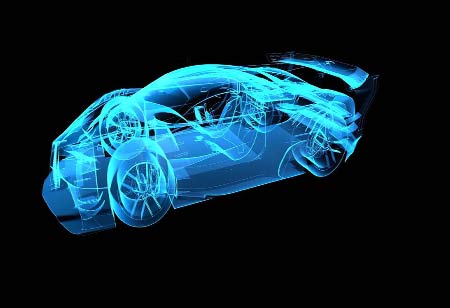Connected cars are likely to provide more data about signal phase and timing, allowing more accurate prediction of signal behavior.
FREMONT, CA: Everyday objects and functionalities like washing machines, light bulbs, and gym gear all contain computer processors and sensors. However, a few sectors, such as automobile production, are being changed by the widespread connectivity of items, sometimes known as the Internet of Things. Internet- and cloud-connected vehicles collect and send massive amounts of data, ranging from 20 to 200 megabytes daily. This information is then utilized to create safer routes, forecast equipment failure, and enhance the in-car entertainment experience.
Connected vehicles are making life easier for drivers and manufacturers, particularly regarding software upgrades. Vehicles have gotten more complicated over time. Traditionally, the only method to update an automobile that had just left the manufacturer was to take it back to the dealer. Besides being inconvenient for the consumer, this is also quite costly for the automobile manufacturer. The various software-reliant components of an automobile may be upgraded over the air thanks to IoT connection. An over-the-air software update is more likely to fix a broken headset than to visit the manufacturer. Even a vehicle's electrical control systems can be updated remotely.
According to research, further automotive IoT improvements will include more updates focused on feature augmentation and supplied on a pay-per-use basis. Keeping up with new liabilities means being able to release patches with the press of a button rather than dealing with difficulties case by case. When a new vulnerability is discovered, IoT-connected onboard software enables manufacturers to release a patch that resolves the problem within days or minutes.
Predictive maintenance is one of the big promises of automotive IoT. A network of computer chips and sensors installed throughout a connected automobile collect performance data, which is then analyzed in the cloud to forecast when a part will need maintenance long before it fails. A motorist in a connected world may even send a maintenance notice to the manufacturer or repair. The most complicated systems would include AI to improve the predictive algorithm's predicting capabilities.
Predictive maintenance can help consumers save money by collecting data and adjusting auto settings to reduce wear and tear over time. It may also save money for dealerships and mechanics by enhancing inventory management with warnings about future maintenance. The average American driver spends 17 hours per year hunting for parking. That amounts to a $73 billion yearly cost in lost time, fuel, and pollutants. Automotive IoT might help drivers save time and money on parking. A motorist in a connected world may even send a maintenance notice to the manufacturer or repair. The most complicated systems would include AI to improve the predictive algorithm's predicting capabilities.

 Copyright © 2025 AutoTech Outlook. All Rights Reserved | Privacy Policy | Subscribe | Sitemap | About us | Feedback Policy | Editorial Policy
Copyright © 2025 AutoTech Outlook. All Rights Reserved | Privacy Policy | Subscribe | Sitemap | About us | Feedback Policy | Editorial Policy